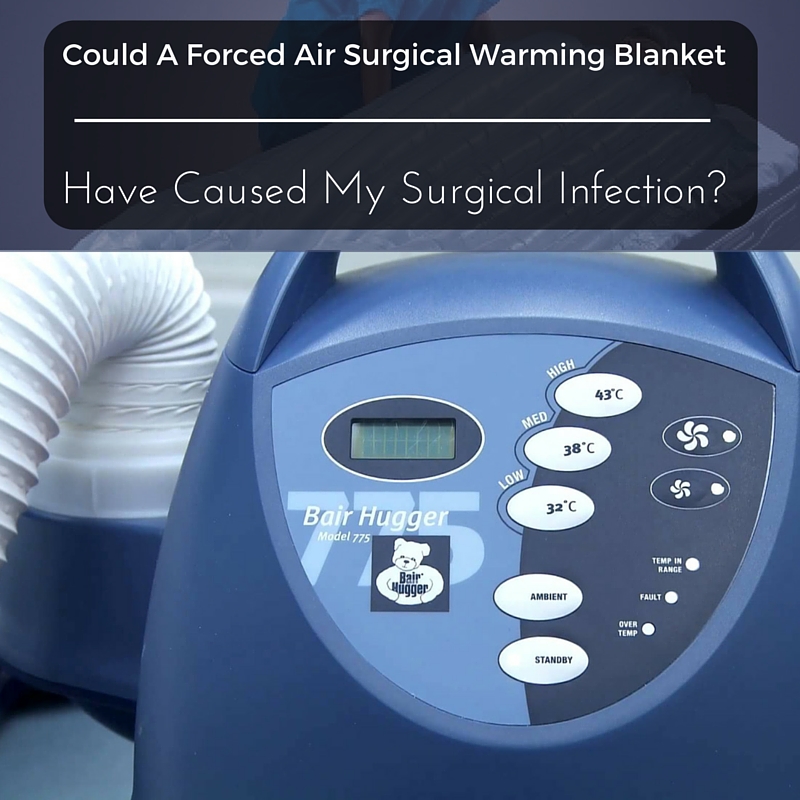
Surgical Warming blankets have been used in operating rooms for quite some time in order to maintain a patient’s temperature during surgery. This is especially true after orthopedic surgery, including hip replacement, as the use of warming blankets decreased blood loss in patients undergoing the surgery and were thought to reduce the risk of surgical infection.
However, recent studies have found that the use of these blankets may actually increase the risk of deep joint infections in patients undergoing hip or knee replacement surgery.
Bair Hugger: What Is It?
Bair Hugger is the name brand of a forced air surgical warming blanket that is currently at the center of the infection controversy. The system consists of warming units and disposable blankets that distribute warm air across a patient and is the only one of its kind to guarantee normal body temperature in a surgical patient.
The device is draped over a patient during surgery to maintain body temperature and increase healing. The blanket is a composite with holes where warm air is disbursed over the patient through a hose.
Increased Risk of Surgical Infection After Use
Recently, research has indicated that forced air surgical warming blankets disrupt positive air flow in the operating room. Because all operating rooms are sterile environments, positive or “clean” air is pumped from the top of the room, pushing bacteria to the floor.
When the warming blankets are used, heat is injected into the room in a non-sterile form, causing warm air to rise, carrying bacteria with it. These bacteria may land on the patient during surgery, causing deep joint infections.
Who May Be Affected?
Patients who have undergone hip or knee replacements appear to be the most at risk as the joint is exposed during surgery.
If the bacteria lands on the joint, it is possible for a deep joint infection to develop. Some patients are more at risk for deep joint infections, including those with immune deficiencies, diabetes, vascular disease or obesity.
Risks and Complications Associated with the Device
Symptoms can include increased pain or stiffness, swelling, warmth, redness, wound drainage, fevers, chills, night sweats and fatigue.
If the infection is caught early, treatment may consist of oral or intravenous antibiotics. However, if the infection becomes severe, it could lead to additional surgery such as debridement, in which the doctor must remove contaminated soft tissue, or removal of the implant completely until the infection heals. The patient may also require an antibiotic spacer placed in the artificial joint to maintain joint space while treating the infection.
Surgery for deep joint infection is performed in stages and those who have the joint removed must often undergo six weeks of antibiotic treatment before a new joint can be inserted.
Getting Legal Help After a Forced Air Surgical Warming Blanket Injury
Many lawsuits have been filed against the makers of the Bair Hugger warming blanket after patients suffered infections that may have been caused by the device. An attorney can explain how the blanket may be linked to your infection and what steps to take in order to determine whether the blanket caused the infection.
If you or a loved one has suffered a surgical infection after hip or knee replacement surgery, contact Lundy Law today to learn what rights you may have. You can arrange for your initial consultation by completing our simple online form or giving us a call at 1-800-Lundy Law. We can help guide you regarding your next steps and advise you on what rights you may have regarding a personal injury claim.















